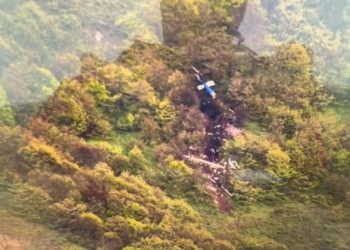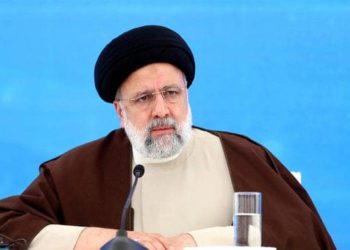Afghanistan….
Automatically, images of a war torn landscape inhabited by regional tribesmen, warlords and islamic extremist flood the mind when taking about the central Asian country. Afghanistan has been in a state of turmoil for decades which resulted in the collapse of many of that country’s state institutions by the mid 1990s. Literally setting the country back by hundreds of years. But in recent times, Afghanistan has slowly begun to claw its way back from self destruction and is slowly beginning to stand on its own two feet. Afghan Air Force: A Brief History
Though still seen as one of the poorest countries in the world with corruption still being a major issue, Afghanistan has pushed forward to re establish many institutions which had been lost over the years. One of which happened in June of 2010, when the Afghan Air Force was formed out of the Afghan National Army Air Corps. It may be hard to believe today, but at one time in its history, Afghanistan had one of the largest and advanced Air Forces in Asia. A title which it lost due to years of political instability and internal upheaval, but is slowly making a come back today. But how did they do it ?
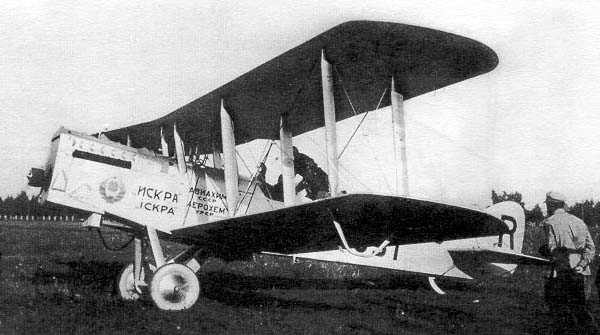
The history of the Afghan Air Force could be traced all the way back to August 22nd, 1924, when the AAF’s first iteration was officially formed by King Amanullah Khan. Who, interestingly enough, was inspired by the way the British Royal Air Force had used their aircraft against his forces during the third Anglo-Afghan war of 1919. During this time, Afghanistan would receive a number of Soviet built aircraft in the form of Polikarpov R-1s, which were Soviet copies of the British made Airco DH.9A light bomber.
But just a few years later, in 1928, the AAF would be crippled as the country fell into civil war and most of their aircraft were destroyed. Rebuilding of the Air Force began in 1937, when Afghanistan began to receive Hawker Hind light bomber and the Italian made IMAM Ro.37. Aircraft which would make up the bulk of the AAF for many years until Afghanistan began to transition into modern Jet Fighters in the 1950s.
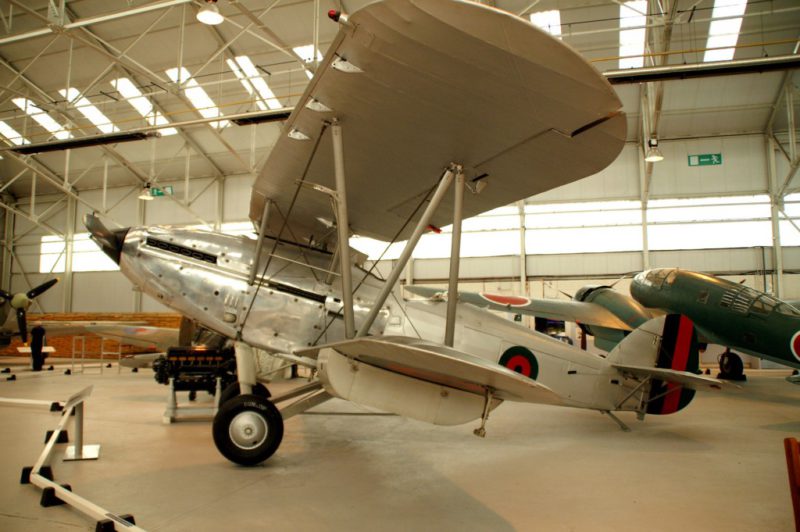
In 1947, the AAF was renamed “The Royal Afghan Air Force” under King Zahir Shah and would retain this title until a bloodless coup saw him being removed in 1973. It was during the rule of King Shah that the Air Force began being modernized, as Afghanistan started to receive Soviet built MiG-15s and Il-28 bombers. As well as a number of transport aircraft and helicopters and by 1960, the Royal Afghan Air Force numbered around 100 aircraft. While pilots and crews were sent to study in both the Eastern lock, India and even the United States.
After Shah was deposed in 1973 his successor, President Mohammed Daoud Khan, began another modernization program of the Afghan Air Force, as well as expanding it. During this time, Daoud was able to acquire newer models of the Soviet built MiG-21 Fishbeds and Antonov An-24 and An-26 tactical transport aircraft. An impressive upgrade, but still rather small.
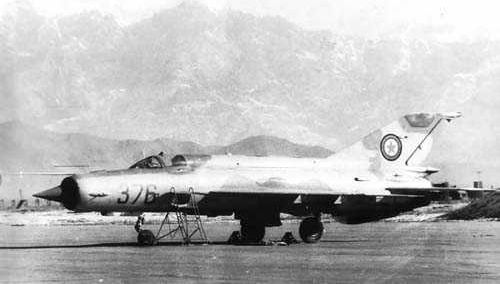
In 1978, Daoud was overthrown and killed in what would be called The Saur Revolution, with Communist party leader Nur Muhammad Taraki taking control of the Afghanistan. But it was after the Soviet invasion oF 1979-80, that the Afghanistan Air Force reached it’s peak, operating up to 400 Soviet supplied aircraft during the Soviet years. This inventory was said to include:
90 x MiG-17S
45 X MiG-21s
60 x Su-7/17s
45 x Il-28s and 150 helicopters of various types with over 7,000 active personnel. Effectively making Afghanistan one of the largest Air Forces in Asia. But not everyone who served with the AAF at this time was Afghan. As it was reported that 5000 were in fact “Advisers” from Cuba and Czechoslovakia. But when the Soviets withdrew for Afghanistan in 1989, the Air Force began a steady decline which was made worse with the collapse of the USSR. They had a large fleet of aircraft, but the government was not able to maintain them. In 1992, the AAF ceased to be a single entity as Afghanistan fell into open Civil War ant it was broken up among the warring factions.
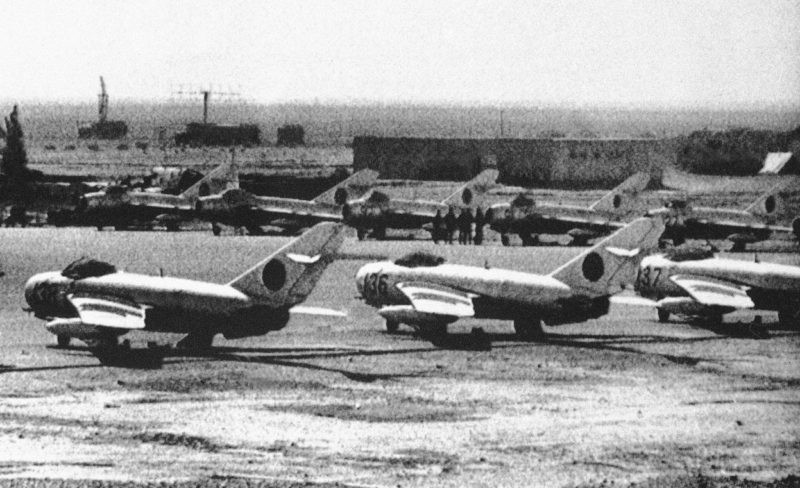
By the time the conflict was over, the victorious Taliban had taken control of the country and had retained a sizable force of MiGs, Su-22s and a number of helicopters. While the Northern Alliance also retained Mi-8s and other assets. But by 2001 most of these aircraft were non operational due to a lack of spare parts and a lack of individuals who were qualified to maintain them. The final nail in the coffin coming in late 2001 when the U.S. began its invasion in the wake of the 9/11 attacks in New York and Virginia. As U.S. airstrikes destroyed the handful of MiG-21s which were left in Kabul.
But in 2005 the coalition leaders set into motion a program, whose ultimate goal was to reform the Afghan Air Force. Its primary role this time would be to support the newly formed Afghan National Army and even the Afghan National Police. This would be an international effort, as the United States and its Allies began to both train personnel and equip the new entity. In 2008, President Harmid Karzai opened the AAF’s new Headquarters at Kabul International Airport and inducted 26 refurbished aircraft which had been donated by both the US and the Czech Republic. This included ex-Ukrainian military transports donated by the US and Mi-35 “Hinds”. These would be the first “new” military aircraft acquired by Afghanistan in decades and form the backbone of the new force.
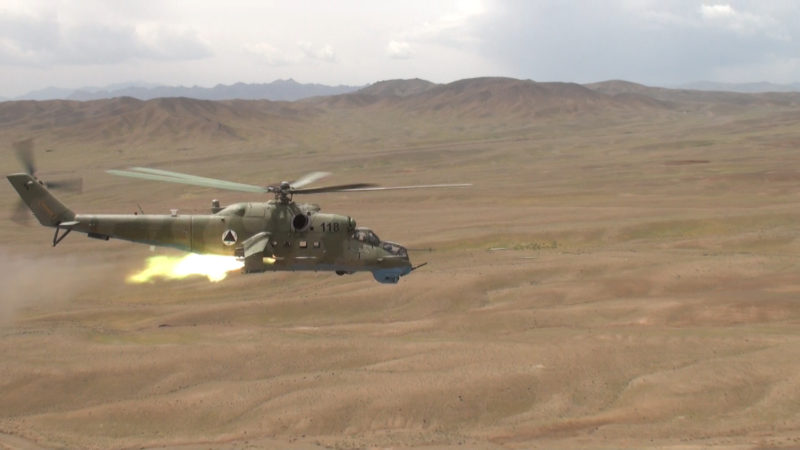
.Today the Afghan Air Force is slowly growing and modernizing, as it currently operates 220 fixed wing and rotary aircraft and counts 7,100 individuals in its ranks. Pilots and air crews have been sent to train in a number of coalition nations with the ultimate goal of enabling Afghanistan to train its own personnel domestically in the coming years. The United Stated is a major supplier and supporter of the new AAF, as they have supplied attack helicopters in the form of armed MD-530Fs and even brokering a deal to deliver the Brazilian designed A-29 Super Tucanos for use in counter insurgency and close air support.
India has also become a major supplier, as the country had delivered one An-32 aircraft and a number of Mi-17 and Mi-35 helicopters. India has also agreed to help refurbish a number of Soviet aircraft which had been left behind after the invasion.
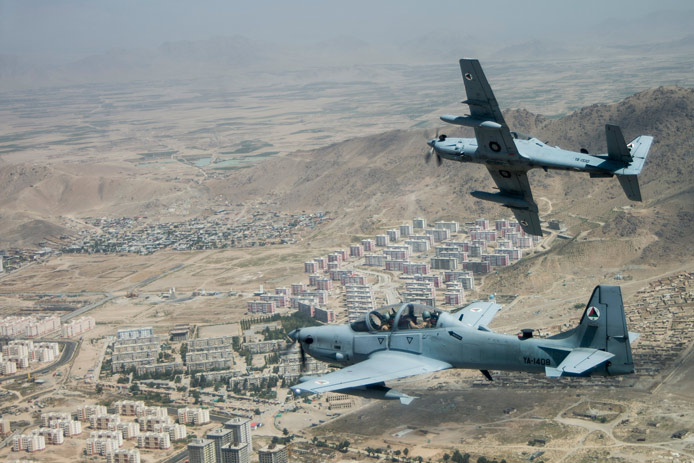
(U.S. Air Force photo/Staff Sgt. Larry E. Reid Jr.)
Now this is not to say that the Afghan Air Force in now a well oiled machine. Though now well equipped, there is till a long road ahead of them before they could be seen as combat effective. Though the history of the AAF is almost a hundred years long, the current incarnation is less than a decade old and they are tasked with fighting a fanatical enemy that knows how to fight unconventionally. It was even reported that an Private Contractor known as Lancaster6 offered the Afghan governments its services to assist the Afghan National Army.
But I would not count them out just yet. All things considered, the new AAF has come a long way since it was reformed less than a decade ago and there is a great potential for it to become an effective fighting force.
Some of the oldest air forces in the world started off untested aircraft and crews who would later go on to write the book on aerial warfare. They went through a lot of adversity and had more than their fair share of doubters. Same is true with the Afghan Air Force, as they also have many challenges before them and more than their fair share of naysayers.
time will tell if the new Afghan Air Force will live up to the potential and opportunity it now has.





